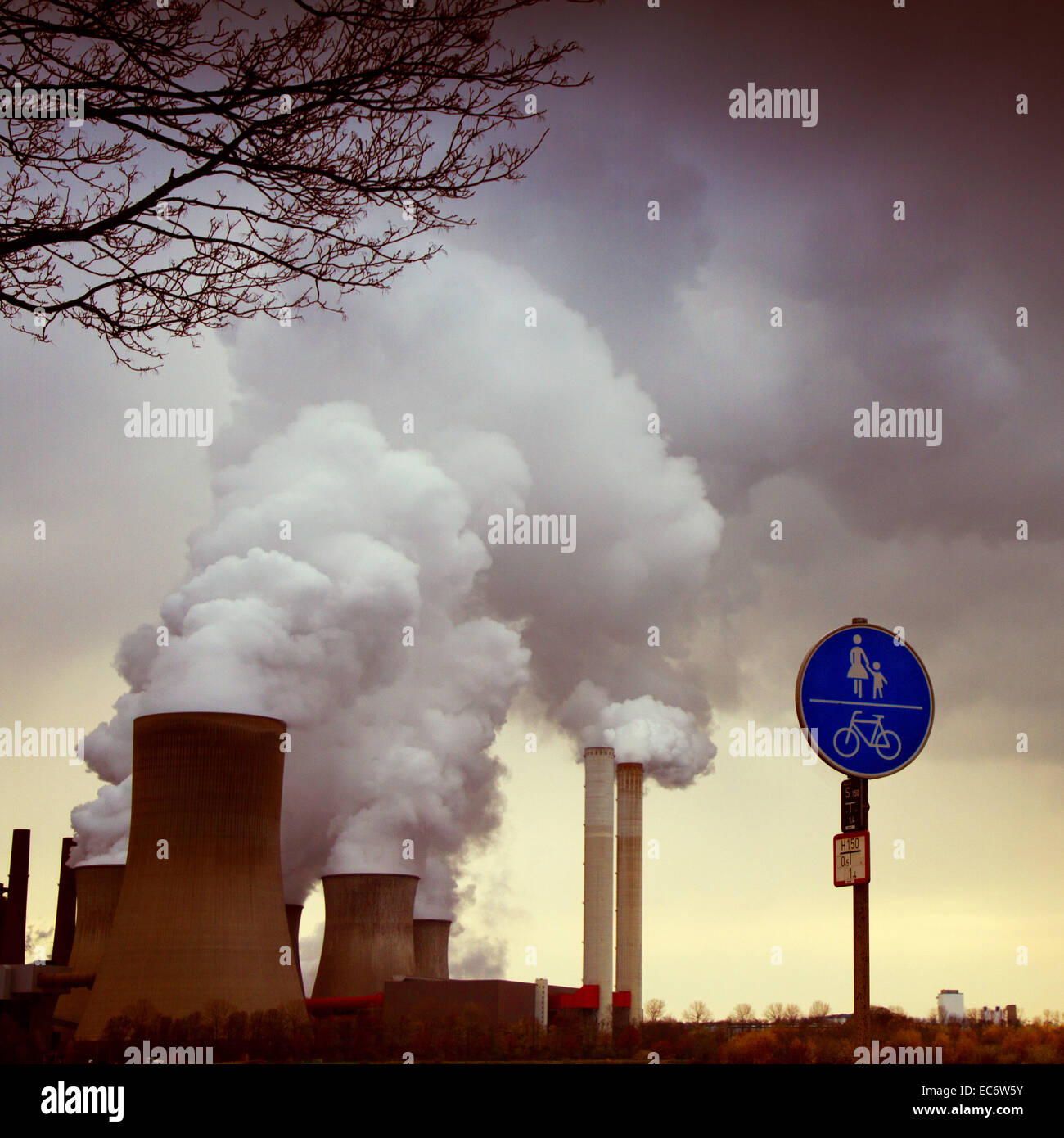
People have long used this type of geothermal energy for engineering, comfort, healing, and cooking. Low-temperature energy is most efficient when used for heating, although it can sometimes be used to generate electricity. Low-temperature geothermal energy can be used for heating greenhouses, homes, fisheries, and industrial processes. Most pockets of low-temperature geothermal energy are found just a few meters below ground. Low-temperature geothermal energy is obtained from pockets of heat about 150° C (302° F). This heat energy is called low-temperature geothermal energy. Harvesting Geothermal Energy: Heating and Cooling Low-Temperature Geothermal Energy Almost anywhere in the world, geothermal heat can be accessed and used immediately as a source of heat. Other countries, such as the U.S., must drill for geothermal energy at greater cost. In Iceland, abundant sources of hot, easily accessible underground water make it possible for most people to rely on geothermal sources as a safe, dependable, and inexpensive source of energy. Different types of geothermal energy are available in different parts of the world. Many countries have developed methods of tapping into geothermal energy. This dry geothermal heat can be accessed by drilling, and enhanced with injected water to create steam. It remains in the mantle, emanating outward at a slow pace and collecting as pockets of high heat. Most of the Earth’s geothermal energy does not bubble out as magma, water, or steam. Geothermal energy can be used to heat structures such as buildings, parking lots, and sidewalks. Their heat can be captured and used directly for heat, or their steam can be used to generate electricity. These are all sources of geothermal energy. Hot water can be released through geysers, hot springs, steam vents, underwater hydrothermal vents, and mud pots. Magma heats nearby rocks and underground aquifers. Magma exists in the mantle and lower crust, and sometimes bubbles to the surface as lava. If underground rock formations are heated to about 700-1,300° C (1,300-2,400° F), they can become magma. Magma is molten (partly melted) rock permeated by gas and gas bubbles. In most parts of the world, the geothermal gradient is about 25° C per 1 kilometer of depth (1° F per 77 feet of depth). This gradual change in temperature is known as the geothermal gradient. Earth’s temperature rises with depth from the surface to the core. Heat from the core is constantly radiating outward and warming rocks, water, gas, and other geological material.

Temperatures there rise to more than 5,000° Celsius (about 9,000° Fahrenheit). Radioactive decay is a continual process in the core. Potassium-40 most often decays to isotopes of calcium (calcium-40) and argon (argon-40). As potassium-40 decays, its nucleus changes, emitting enormous amounts of energy (radiation). Potassium, for instance, has 20 neutrons in its nucleus. Isotopes are forms of an element that have a different number of neutrons than regular versions of the element’s atom. However, the vast majority of Earth’s heat is constantly generated by the decay of radioactive isotopes, such as potassium-40 and thorium-232. A small portion of the core’s heat comes from the friction and gravitational pull formed when Earth was created more than 4 billion years ago. About 2,900 kilometers (1,800 miles) below the Earth’s crust, or surface, is the hottest part of our planet: the core. ( Geo means “earth,” and thermal means “heat” in Greek.) It is a renewable resource that can be harvested for human use. Geothermal energy is heat that is generated within the Earth.


 0 kommentar(er)
0 kommentar(er)
